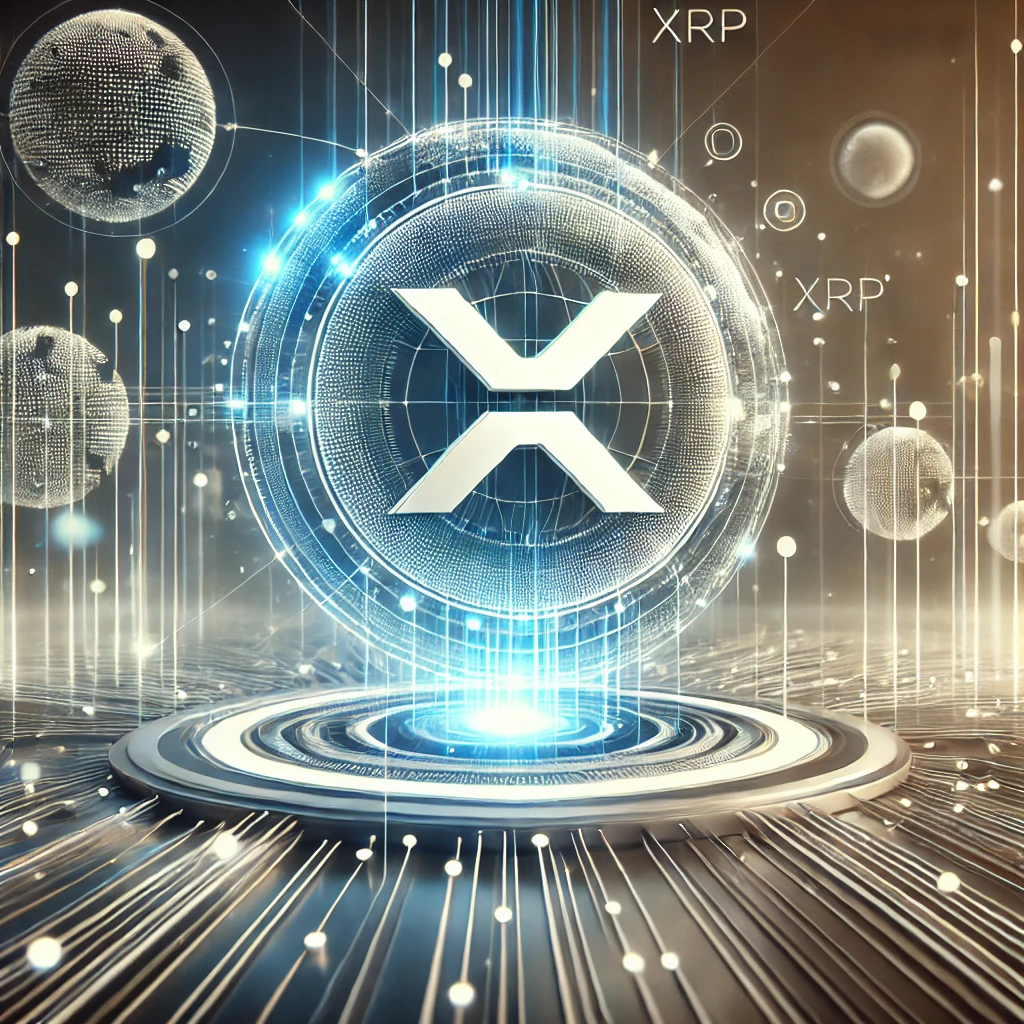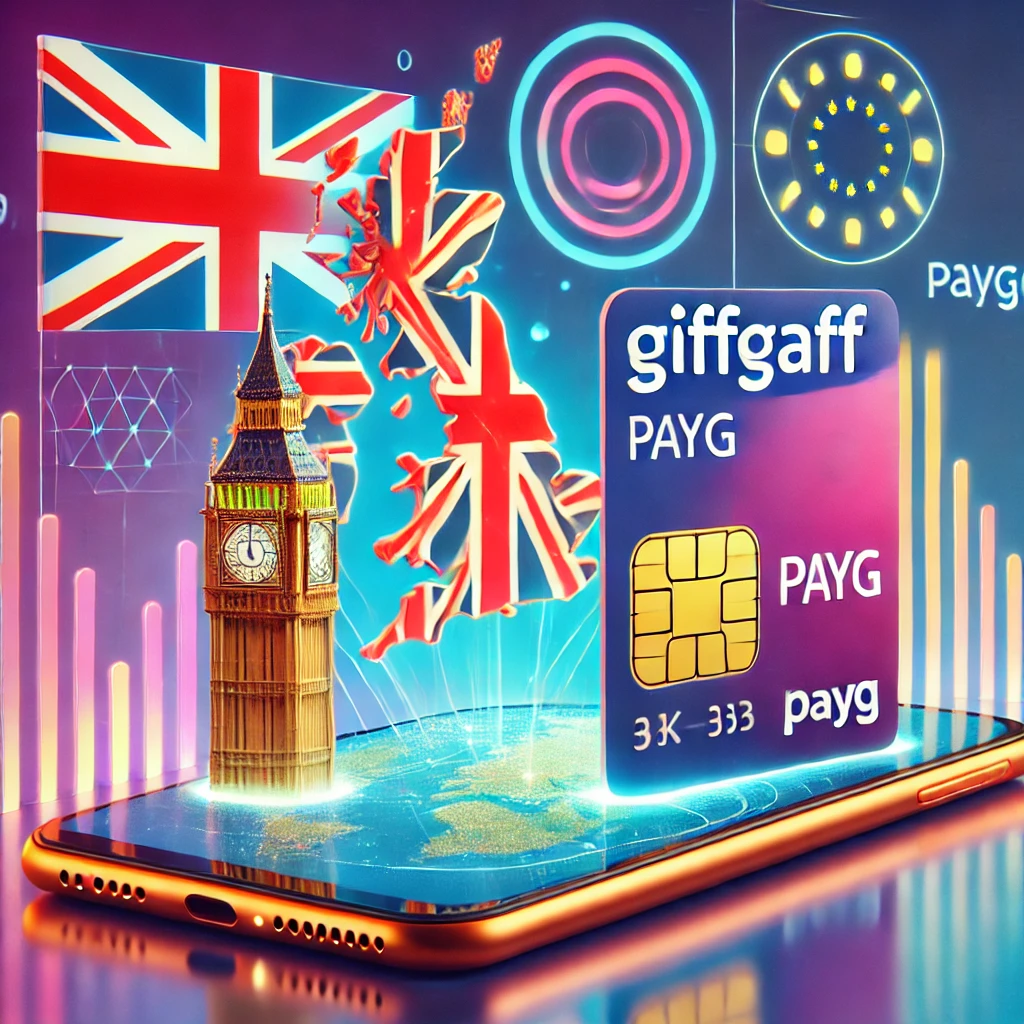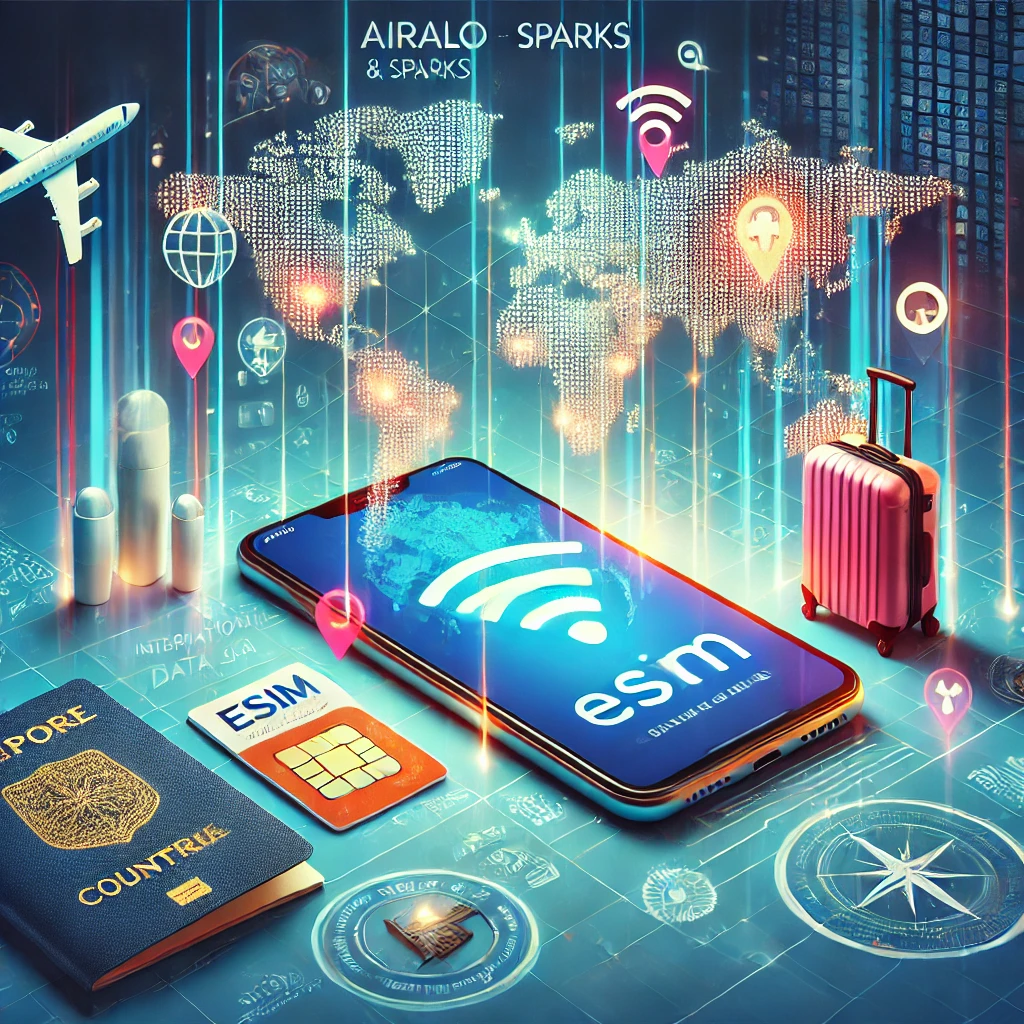What is XRP?
XRP is the native cryptocurrency of the XRP Ledger (XRPL), an open-source blockchain developed by Ripple Labs. XRP provides an efficient alternative to traditional banking systems, offering quick settlement times and minimal transaction fees.
- Speed: Transactions settle in 3-5 seconds.
- Low Cost: Fees are often less than $0.01 per transaction.
- Scalability: Handles up to 1,500 transactions per second.
- Environmentally Friendly: Does not require energy-intensive mining like Bitcoin.
How XRP Works
XRP functions as both a bridge currency and a settlement asset:
- Bridge Currency: Allows financial institutions to transfer value between fiat currencies quickly and efficiently without needing pre-funded accounts.
- Settlement Asset: Transactions are verified through XRPL’s consensus mechanism, ensuring secure and fast processing.
Unlike Bitcoin’s Proof of Work, XRP uses a Consensus Algorithm, minimizing energy consumption and improving efficiency.
XRP vs. Bitcoin and Ethereum
| Feature | XRP | Bitcoin | Ethereum |
|---|---|---|---|
| Transaction Speed | 3-5 seconds | 10-60 minutes | 12-15 seconds |
| Transaction Fees | Less than $0.01 | $1-$50 | $20+ during high demand |
| Energy Consumption | Minimal (Consensus) | High (Proof of Work) | Low (Proof of Stake) |
| Scalability | 1,500 TPS | 7 TPS | 100,000 TPS (theoretical) |
| Use Cases | Cross-border payments, micropayments | Store of value | Smart contracts, DeFi, NFTs |
XRP vs. SWIFT
SWIFT, the Society for Worldwide Interbank Financial Telecommunication, is the dominant messaging network for cross-border payments. However, XRP offers significant advantages over SWIFT.
| Feature | XRP | SWIFT |
|---|---|---|
| Speed | 3-5 seconds | 1-5 days |
| Cost | Less than $0.01 | $20-$50 |
| Transparency | Real-time tracking | Opaque system |
| Liquidity Requirements | No pre-funded accounts required | Requires nostro/vostro accounts |
XRP’s Burn Rate and Deflation
Every XRP transaction includes a small fee that is burned, permanently reducing the total supply. This introduces a deflationary mechanism to XRP.
- Spam Prevention: Discourages network spam by requiring a fee for each transaction.
- Supply Reduction: Gradually decreases XRP supply over time, potentially increasing its value.
Though the burn rate is small, its long-term impact supports scarcity and value stability.
Banks and Financial Institutions Using XRP
Ripple has partnered with numerous financial institutions to adopt XRP for global payments. These include:
- Santander: Uses Ripple’s One Pay FX service for same-day payments.
- PNC Bank: Streamlines cross-border transactions through RippleNet.
- Standard Chartered: Collaborates with Ripple for global client solutions.
- SBI Holdings: Promotes XRP adoption in Asia.
- Banco Rendimento: Implements RippleNet for Brazilian remittances.
How to Buy XRP
- Choose an Exchange: Popular platforms include Binance, Kraken, and Bitstamp.
- Create an Account: Complete KYC verification.
- Deposit Funds: Add fiat currency or another cryptocurrency.
- Buy XRP: Place a market or limit order.
- Transfer to a Wallet: For added security, move XRP to a private wallet like XUMM or Ledger Nano X.




